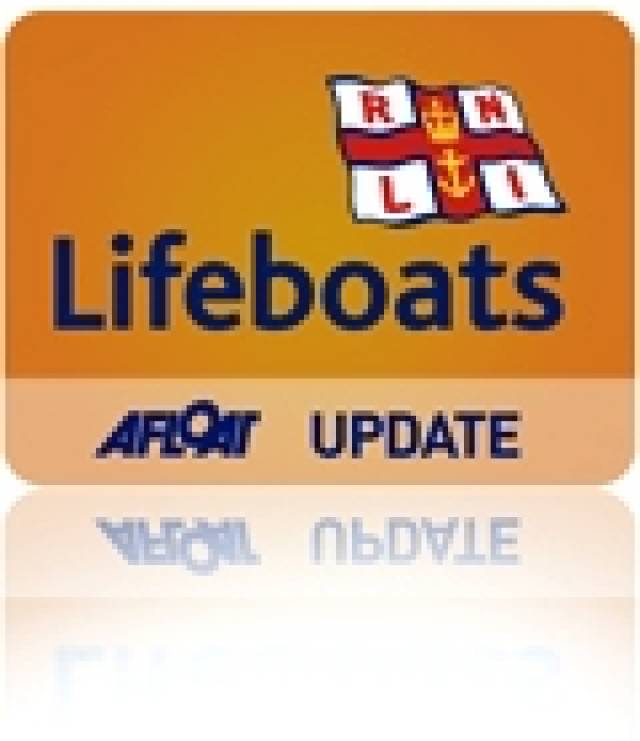#RNLI - A coast-to-coast cycle starting in England and finishing in Co Mayo next month will raise funds for Achill Island RNLI.
Jane McNeela and Ursula Murray from Preston will undertake the Coast to Coast Bicycle Ride as part of the RNLI’s Mayday fundraising campaign.
The duo will leave Preston in Lancashire on Saturday 9 May and will spend the next five days cycling westbound across Ireland and deep into Mayo.
Friends for 13 years, the cyclists share a love for adventure and the great outdoors. Their previous endeavours include climbing the highest three peaks in the UK, fire walking and cycling from London to Paris.
But their latest endeavour has a personal twist, as McNeela is already familiar with the West of Ireland, having family connections in the Mayo town of Ballycroy.
The programme begins with a 120-mile cycle from Preston to Holyhead in Wales on Saturday 9 May and then, after a ferry trip to Dublin Port, another cycle to their hotel in Dublin.
On the Sunday they will cycle to Mullingar, while on the Monday they will move on to Strokestown and from there onwards to Swinford on Tuesday. On Wednesday they will cycle to Tiernaur. On Thursday, they will take on the final leg of the journey when they cycle to Achill Island’s bridge before finishing up at Achill Island’s lifeboat station in Kildavnet.
Plans are afoot for a group of cyclists to support the duo on their final trip from Tiernaur to Achill on Thursday 14 May.
Following their mammoth trek, a presentation night will be held in Patten’s Lounge Bar in Derreens, Achill on Friday 15 May to show the RNLI’s appreciation for the efforts of the women and their supportive husbands, Mark and Greg.
Speaking ahead of their adventure, McNeela said: "We decided to take on this challenge for Achill Island RNLI because of an incident in the sea in Achill when my 13-year-old daughter got into difficulties because of a strong current.
"Though panic set in, prompt action by her friend saved the day before we needed to call on the RNLI but it made me realise how invaluable the lifesaving charity it is and it was reassuring to know that there was a lifeboat station in Achill if we had needed to make the call that day."
Anthony McNamara, chair of Achill Island RNLI's fundraising branch, said all at the station were "delighted that Jane and Ursula have chosen Achill Island RNLI to benefit from their coast-to-coast bicycle ride and we would encourage cyclists to join them in their final leg or offer support at any of the places they will stop in on their way to Achill.
"Our lifeboat crew relies on the generosity of the public to help them to continue to save lives at sea. From crew kit to training and fuel for our lifeboats, every penny and cent raised by this cycle will help us to continue to rescue people every day."































































